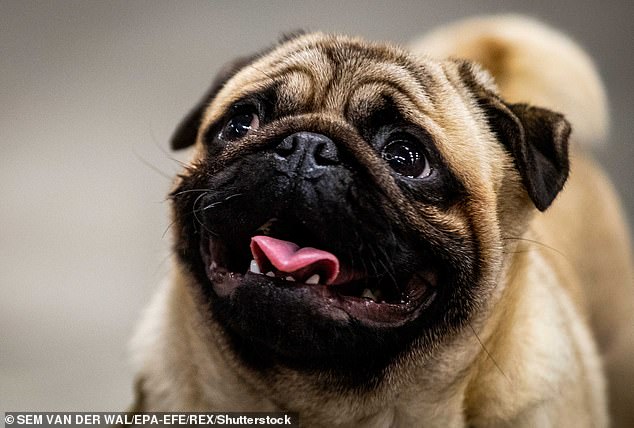Many dog lovers have noticed a shift in the way people talk about pet health, especially when it comes to breeds with distinctive flat faces.
What once looked cute and charming is now being re-examined, as experts argue that some of these trademark features might actually be harming the dogs we adore.
This conversation is pushing scientists, charities, and breeders toward a new approach aimed at protecting future generations of pets.
Why Popular Breeds Are Under the Spotlight
Pugs, French Bulldogs, and English Bulldogs have become some of the UK’s favourite pets, loved for their huge round eyes and unmistakable squishy faces.
But behind the irresistible looks, many of these dogs struggle with serious health challenges.
Breathing difficulties, eye injuries, and other long-term issues often leave owners facing hefty vet bills—while the dogs themselves face a lifetime of discomfort.
This growing awareness has prompted experts to rethink how these breeds should be managed and bred going forward.
The Push for a New Breed Assessment System
To improve animal welfare, researchers are introducing a new evaluation tool called the Innate Health Assessment (IHA).
This system examines ten specific traits linked to suffering in dogs with extreme features.
Only dogs scoring eight out of ten or higher would be approved for breeding under the proposed model.
The ten traits under scrutiny include:
- Merle colouring
- Excessively wrinkled skin
- Out-turned or droopy eyelids
- Bulging eyes
- Overbites or underbites
- Missing tails
- Twisted or shortened legs
- Rigid, inflexible spines
These assessments are meant to identify physical characteristics that may lead to lifelong pain or limitations.
A Gradual Tightening of Standards
The plan doesn’t stop at eight out of ten.
Over the next decade, standards will become stricter:
- 9/10 required within five years
- 10/10 required within ten years
The goal isn’t to ban well-loved breeds but to redefine them in a way that prioritises their wellbeing.
The All-Party Parliamentary Group for Animal Welfare (APGAW), which backed the creation of the IHA, emphasises that the intention is to preserve these breeds—just in healthier forms.
How These Measures Fit Into Current Laws
Even though a 2018 law technically bans breeding dogs with extreme conformations, its enforcement has been weak because no one can agree on what counts as “extreme.”
The IHA hopes to fill that gap by providing a clear, evidence-based standard that could eventually become part of UK law.
For now, the system will remain voluntary, though major organisations—including the Kennel Club and several animal welfare groups—have already expressed their support.
Experts Say Public Perception Must Change Too
Dr Dan O’Neill of the Royal Veterinary College, who helped develop the new system, believes the conversation around breeding needs a complete reset.
He argues that many dog lovers have been conditioned to think a breed is healthy simply because it’s popular, even when obvious health issues are present.
According to him, the IHA represents a “disruptive” shift—one that could ultimately change what Pugs, Dachshunds, and similar breeds look like in the future.
His hope is that buyers and adopters will begin making choices based on health first, not appearance.
What’s Next?
With the IHA now introduced, the next decade will determine whether the UK embraces a healthier standard for flat-faced breeds.
If the Government eventually adopts the system into law, breeders will have clear guidelines to follow—and the dogs themselves may enjoy longer, more comfortable lives.
For now, the success of the initiative rests on awareness, public education, and the willingness of breeders to commit voluntarily.
As the conversation grows, one thing is clear: the future of these beloved dogs is shifting toward wellbeing rather than aesthetics.
Share on Facebook «||» Share on Twitter «||» Share on Reddit «||» Share on LinkedIn